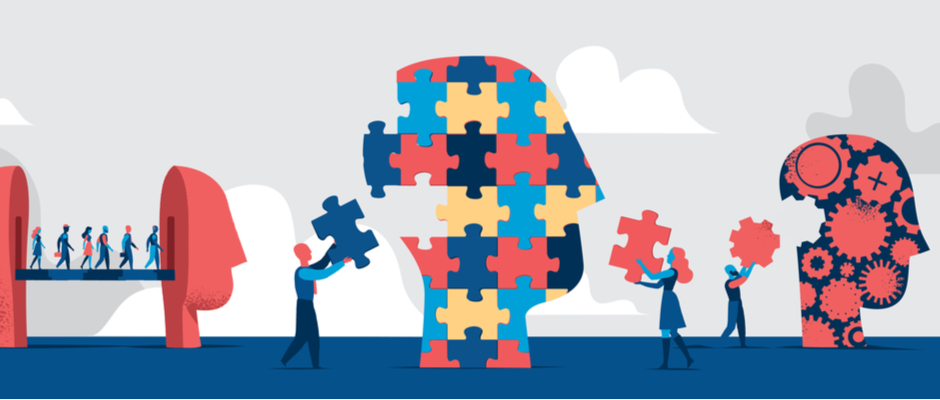The Gist:
- In a world of constant, accelerating, disruptive change, agility is a competitive advantage.
- Unlearning is as important as learning.
- Transformation is difficult, but it helps to know what is required and how transformations fail.
It isn’t easy for an individual to transform themselves and their results. Most people fail to complete the journey, even when they want or need to change. Leaders seeking to transform their organizations face an even steeper climb, since they must facilitate a great many individual transformations and a bunch of team transformations, all leading to the transformation of a company.
Transformation means changing relatively few variables, but each one offers a number of challenges to those who seek to become the person that comes after the person they are now. The order is important here, as each variable builds on the ones preceding it.


- Beliefs. The most difficult step in any transformation is changing your beliefs. The more that you have shared your beliefs with others, the more firmly those beliefs are part of your identity. In an organizational transformation, the beliefs that created past success must be removed and replaced by the new beliefs that support a new identity. Transformation is growth, and growth requires that you replace beliefs that no longer serve you with new ones, ones that support new outcomes. Without changing your beliefs, transformation is impossible. The caterpillar has to die to create a butterfly, even though there is only one entity.
- Strategies. New results require new strategies, some of which will conflict with the strategies that have served you for a long time. When something works for a long time, it’s difficult to consider doing something different. For one thing, you are comfortable and competent. You may also have already rejected the new strategy in the past. However, the world provides inflection points when things change in a meaningful way, and adjusting to external changes means changing your strategies. This is the beginning of the behavioral change required to transform.
- Tactics. New beliefs and new strategies require new actions, the steps you take to produce an outcome. These tactics may produce a new outcome, or they may allow you to continue to produce an outcome when a prior tactic has lost its efficacy. The greatest threat to your transformation is not taking new actions. Professing that you believe something and not acting on that belief means you don’t really believe it. New actions can make you feel awkward and incompetent, but that’s just one cost of transformation.
- Practice. It’s rare to acquire mastery without practicing for some significant time. There is always a strong tendency to give up a new (and uncomfortable) practice and go back to what you know, especially when your competency is too low to be reliable. But you still had to practice your current competencies, back before you were proficient. When people fail to transform, it’s often because they are unwilling to practice long enough to make new skills visible in new results.
- Recognition and Distinctions. Human beings learn much by doing, but only when they can distinguish between options and understand how, when, and why something works. These distinctions often also suggest targeted changes to improve your results. Taking the time to learn from each experience and to coordinate your experience, ideally by sharing it with others on the same journey, speeds your development. The more you pay attention to what you are noticing, the more things slow down for you—the surest sign that you are progressing.
- Teaching Others. One way to learn is to teach others. To transfer your knowledge to another person, you have to know it yourself. As part of your transformation, find people who are a number of chapters behind you and offer to help them see what is not yet visible to them. By teaching others, you increase your knowledge and your understanding, as well as making it part of your identity.
- Reimagination and Reinvention. When you successfully transform you acquire a new identity, one that others will notice. What you will notice internally, though, is different from what others see. Your transformation will help you recognize that your journey drops you off at a new trailhead, providing you with another path and another journey, at which point, the process starts again.


You might recognize that there are two threads running through this post: how to transform and what challenges you’ll face along the way. Organizations will face many more challenges than individuals, since their transformation requires many individuals to transform at the same time. But you have to invest in your own future, paying the price now so you can reap greater rewards (and avoid greater costs) in the future. Whether you’re just transforming yourself or overhauling your entire company, don’t stop until you succeed.
Do Good Work:
- What beliefs are you willing to shed and replace with new ones that support your transformation?
- What are three critical behavioral changes that will be necessary to your success?
- How will you persist long enough that you succeed in transforming?









.jpg?width=768&height=994&name=salescall-planner-ebook-v3-1-cover%20(1).jpg)


